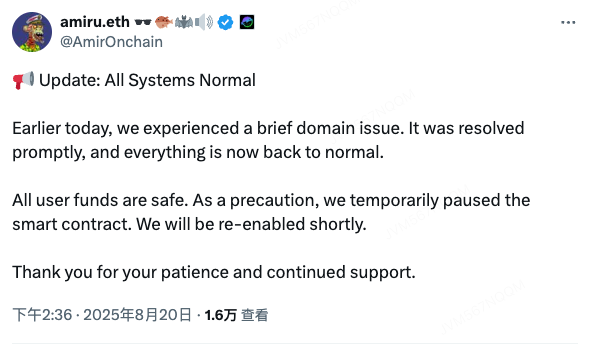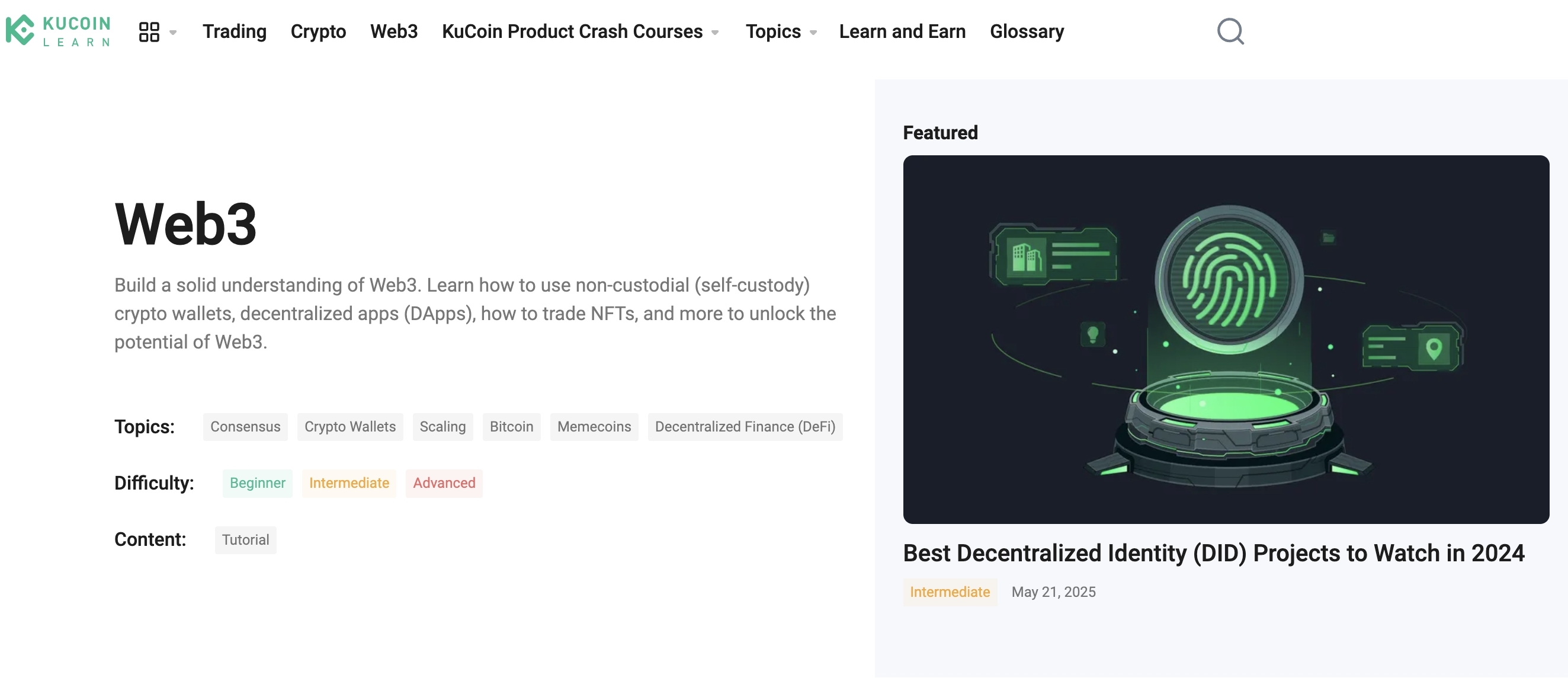In the world of Web3, where decentralization is the guiding principle, the recent attack on Puffer Finance serves as a stark reminder that not all of a protocol's infrastructure is built on blockchain. While user funds remained safe, the incident where Puffer Finance's official website and social media channels were compromised reveals a critical vulnerability: the centralized "last mile" that connects a decentralized protocol to its users. This event highlights that even the most secure smart contracts are only as strong as the centralized gateways that provide access to them.
A Swift Attack and a Rapid Response
The incident unfolded quickly on August 20, 2025. Puffer Finance, a notable re-staking protocol, found its official digital channels under siege. Its website and social media accounts were taken over, creating a perilous situation for its community. The immediate risk was clear: attackers could post fraudulent links, redirect users to phishing sites, or publish fake announcements to steal funds or credentials.

Recognizing the gravity of the situation, the blockchain security firm PeckShield acted quickly. They issued an urgent warning to users, advising them to halt all interactions with Puffer Finance applications and to steer clear of the compromised social media channels. This rapid-response mechanism by a third-party security firm underscores a crucial aspect of the Web3 ecosystem: a vigilant community often serves as the first line of defense.
Puffer Finance's team responded just as swiftly. They addressed the "brief domain issue" and confirmed that all systems were back to normal. Most importantly, they reassured the community that all user funds were safe. As a precautionary measure, the team temporarily paused the smart contract, a responsible move to prevent any potential exploits while they regained full control. They stated the contract would be re-enabled shortly, demonstrating a confident and transparent approach to crisis management.
The Centralized Attack Vector: A New Front in Security
This attack was not a direct assault on Puffer Finance's smart contracts—the code that holds the users' money. Instead, it targeted the centralized infrastructure that serves as the protocol's public face. An attacker likely gained control through a phishing attack on a team member, a compromised password on a domain registrar, or a security weakness in a social media account management system.
The motives behind such an attack are multi-faceted and malicious. With control of a project's official channels, an attacker can:
-
Launch Sophisticated Phishing Scams: They can post fake deposit addresses, tricking users into sending funds directly to the attacker's wallet.
-
Propagate Malware: They can link to malicious software disguised as a wallet update or a new dApp, which would then steal private keys or other sensitive data from a user's computer.
-
Induce Market Panic: Even without direct financial theft, the disruption and loss of trust caused by such an attack can lead to a drop in the protocol's token price and a broader crisis of confidence.
This incident is a sobering reminder that a protocol's decentralized core is often wrapped in a shell of centralized services. While the blockchain itself is immutable, the domain name that points to it, the social media accounts that promote it, and the websites that host its interface are all potential points of failure.
The Broader Reflection: The Paradox of Web3 Security
The Puffer Finance incident exposes the paradoxical relationship between decentralization and centralized infrastructure in the Web3 world. While protocols are designed to be trustless and permissionless, they still rely on traditional web services for user communication and interaction. This creates a dangerous imbalance, where the security of a user's funds can be threatened by vulnerabilities that have nothing to do with blockchain code.
This event must serve as a wake-up call for the entire industry. Web3 projects must now extend their security focus beyond smart contract audits. They need to invest in a robust defense of their external, centralized assets, including implementing two-factor authentication on all critical accounts, using secure domain registrars, and training employees to identify phishing attacks.

Credit: kucoin.com/learn/web3
For users, the lesson is equally clear. Trusting a "verified" official account or a URL that appears correct is no longer enough. The onus is on users to be vigilant. Always use bookmarks to access dApps, double-check URLs, and cross-reference information from multiple, independent sources. When an official channel issues a warning or an unusual request, it should be met with extreme caution.
The security of the Web3 ecosystem is a shared responsibility. While protocols must fortify their defenses, users must also adopt a mindset of proactive skepticism. The Puffer Finance incident is a testament to the fact that in the ever-evolving landscape of digital threats, the most dangerous attacks often come not from the code itself, but from the human and centralized elements that surround it.











